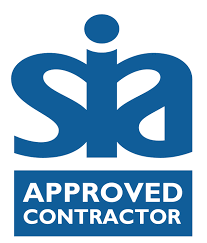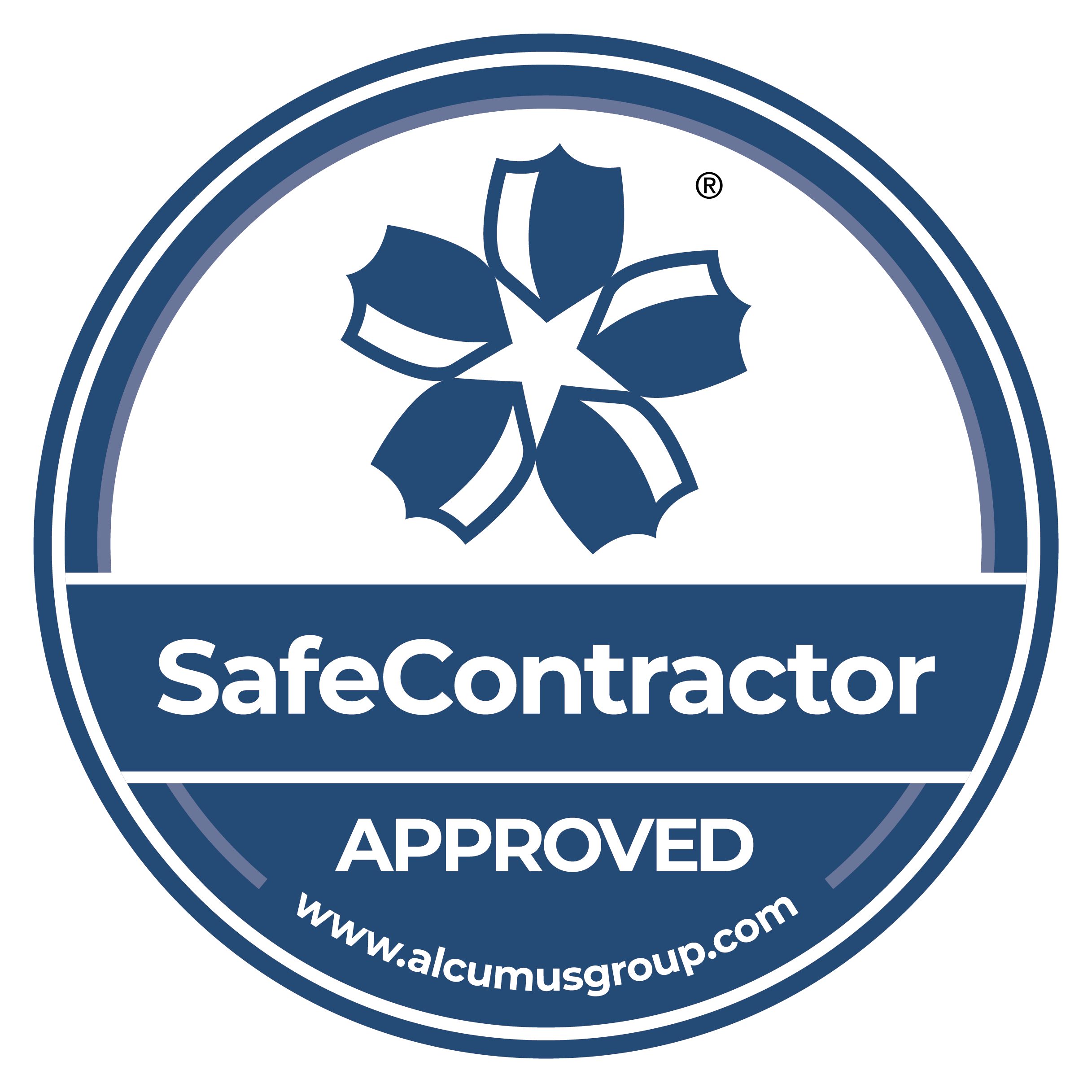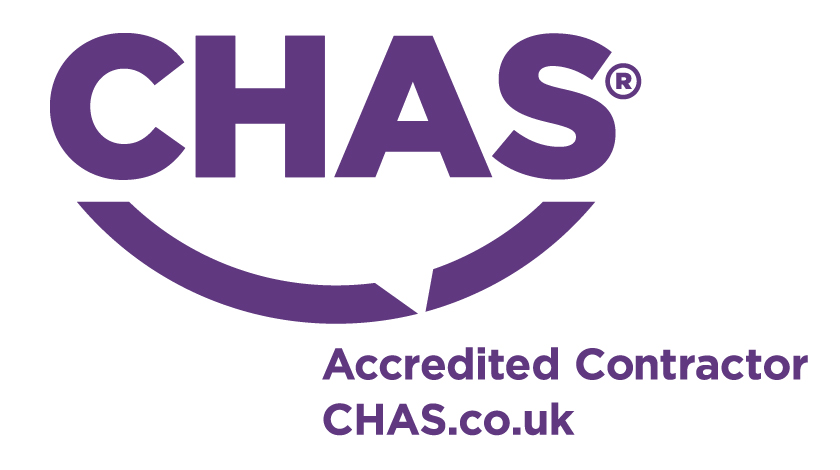How to Become a Close Protection Operative
Close Protection Operative – CPO
Working as a Close Protection Operative – CPO
Working as a Close Protection Operative or otherwise known as a CPO will often include the protection of high profile clients, increased global travel and an introduction to some of the finest things money can buy. It is a fast paced environment that is often associated with “not what you know but who you know”. Job title is vanity, work is sanity and reputation is reality. Reputation within the Security Industry will be the deciding factor that leads to employment for most, and you will only ever be as good as your last job.
Employment within any industry has to start somewhere and this blog post is aimed at giving you the information on how to not only become a Close Protection Operative but to safeguard your reputation and progress within the Private Security Industry.
The role of the Close Protection Operative
The Security Industry Authority (SIA) state that the role of the Close Protection Officer is:
To establish and maintain a safe working environment in which a Principal can live and work whilst continuously minimising risk. The Role of Close Protection encompasses ALL aspects of protective measures that work in concert; physical and technical combined with constant thorough planning and sound operational to negate/ minimalise risk or the threat of risk to kill/ injure/ or harm another in any way.
Everybody has to start somewhere
Becoming a licensed and qualified Close Protection Operative is a relatively simple process but gaining employment and developing the reputation that leads on to recommendations for employment is a challenge that all new CPOS face.
There is a very useful guide online to help you with the process of gaining your SIA license and this can be found here: SIA, Get licensed
An SIA license costs £220.00 and should be considered within your financial planning. From experience the process takes from 2 – 6 weeks, but can take longer if the form is not filled out correctly. As part of this process the SIA will conduct a criminal record check so it is advised that you use this useful on-line tool to assist in determining whether you will be granted a license.
Training Requirements
You must complete a Level 3 award in Close Protection, This course is typically 14 – 21 days long and must be accredited by one of the following awarding bodies:
- Buckinghamshire New University (BNU)
- City & Guilds
- Edexcel
- Highfield Awarding Body for Compliance (HABC)
- Industry Qualifications (IQ)
There is no Hostile Close Protection Course that is accredited and recognised by the SIA however some training companies will add hostile elements to the course.
The course syllabus is determined by the SIA and comprises of the following modules:
Close Protection Specialist Module
- Roles and Responsibilities of the Close Protection Operative
- Threat and Risk Assessment
- Surveillance Awareness
- Operational Planning
- Law and Legislation
- Interpersonal Skills
- Close Protection Teamwork and Briefing
- Conduct Reconnaissance
- Close Protection Foot Drills
- Route Selection
- Close Protection Journey Management
- Search Procedures
- Incident Management
- Venue Security
Conflict Management Module
- Avoiding Conflict and Reducing Personal Risk
- Defusing Conflict
- Resolving and Learning from Conflict
- Application of Communication Skills and Conflict Management for Security Guarding and Close Protection
You will also be required to complete a medical qualification and for the purpose of this blog I will only be discussing the First Person On Scene Intermediate.
The First Person On Scene Intermediate has been adopted by the Private Security Industry as the “must have” minimum medical qualification. This course of training is accredited by Edexcel and lasts 4 days and will include ongoing practical assessments and concluded by a 28 questions written exam.
The First Person On Scene Intermediate Course covers the following modules:
- The pre hospital environment
- Patient assessment
- Respiration and airway management
- Basic life support
- De-fibrillation
- Circulation and shock
- Medical related emergencies



